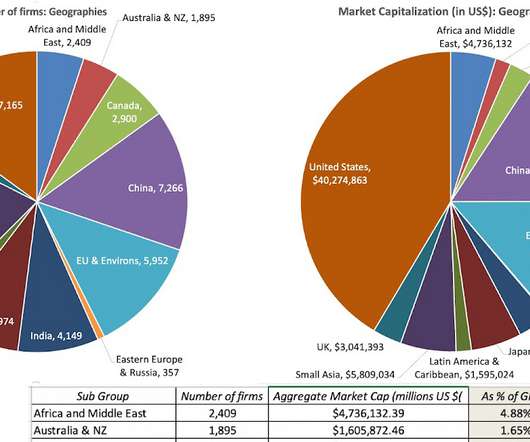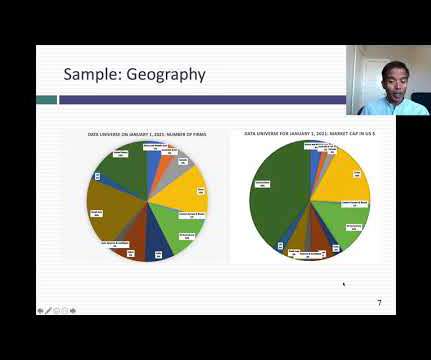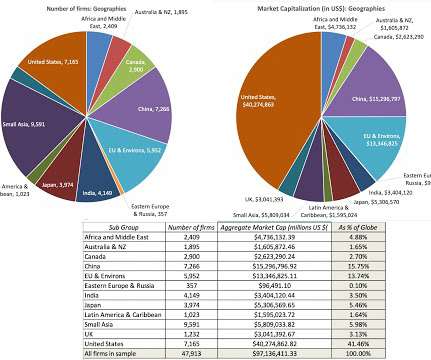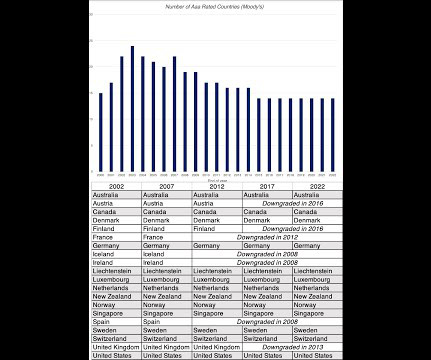Musings on Markets: Data Update 1 for 2023: Setting the table!
CFO News Room
JANUARY 7, 2023
Data: Trickle to a Flood! It is perhaps a reflection of my age that I remember when getting data to do corporate financial analysis or valuation was a chore. Check rules of thumb : Investing and corporate finance are full of rules of thumb, many of long standing.














Let's personalize your content